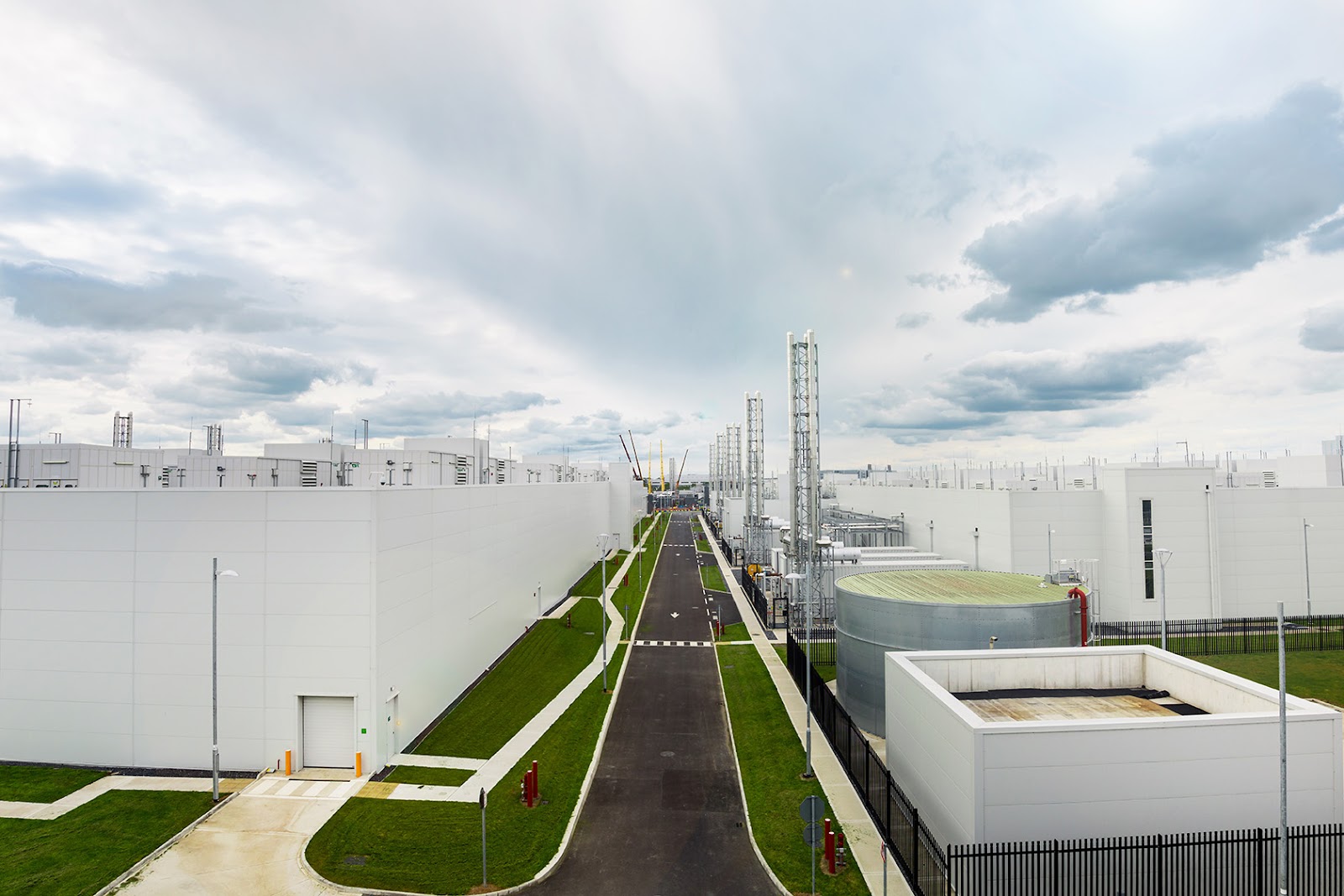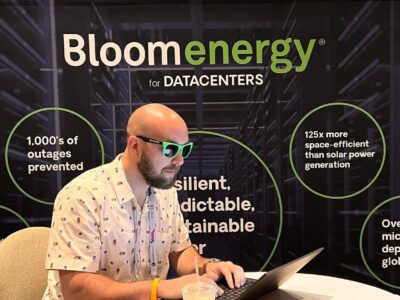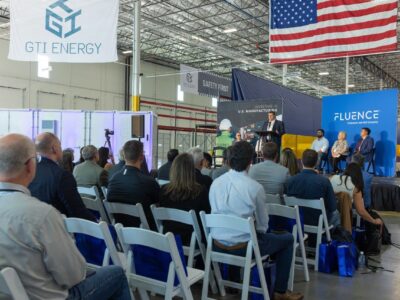At the beginning of the year, Goldman Sachs Research analyzed the future of nuclear power. Pulling from American, European, and global-focused reports by authors including Carly Davenport, Jim Schneider, and Brian Singer, the company stated, “Nuclear power will be a key part of a suite of new energy infrastructure built to meet surging data-center power demand driven by artificial intelligence.” However, they noted that nuclear alone will not be able to meet America’s energy needs. “Natural gas, renewables, and battery technology will also have a role to play.”
Overall, American power demand is set to experience a compound annual growth rate (CAGR) of 2.4% over the rest of the decade. This represents an increase from Goldman’s prior estimate of a 1.7% CAGR that did not account for data centers. The significance of this jump should not be underestimated. Goldman wrote, “Not since the start of the century has US electricity demand grown 2.4% over an eight-year period, with US annual power generation over the last 20 years averaging less than 0.5% growth.” The last decade, in fact, averaged at 0% growth.
By the end of the decade, Goldman expects power demand driven by data centers to rise 160% from 2023 levels. Data centers currently use 1% to 2% of the world’s power, which is expected to increase to 3% to 4% by 2030. They currently account for 3% of US power demand, which is expected to increase to 8% by 2030.
Artificial intelligence (AI) is a significant driver of this trend, which Goldman says will account for 20% of total US data center demand by 2030. Even though the company expects increased efficiency per AI server later in the decade, it still sees AI-driven power demand increasing approximately 200 terawatt-hours (TWh) between 2023 and 2030.

Photo Courtesy Microsoft
Goldman predicts that this data center demand will translate into more than $50 billion in capital investment for building 47 GW of domestic generation capacity between 2024 and 2030. Approximately 40% of the added capacity to meet data center demand, or 19 GW, will be generated from clean energy sources. They are cheaper, Goldman argues. On average, onshore wind at a data center location costs $25 per megawatt-hour (MWh), while solar costs $26/MWh, and combined cycle natural gas costs $37/MWh.
However, the team acknowledged the limitations of renewable resources, including the costs of transmitting the energy across large distances, variance in the strength of sunlight or wind based on the day and time of year, and the limited time they generate power daily: approximately six hours for solar and nine hours for wind. “Our conversations with renewable developers indicate that wind and solar could serve roughly 80% of a data center’s power demand if paired with storage, but some sort of baseload generation is needed to meet the 24/7 demand,” Jim Schneider explained.
Therefore, the researchers predicted an all-of-the-above approach to energy that incorporates a variety of different resources. Brian Singer, global head of GS SUSTAIN, wrote, “Our outlook on power demand growth warrants an ‘and’ approach, not an ‘or’ approach, as we see ample opportunities for generation growth across sources.”
While they expect natural gas to meet 60% of this need by 2030, or 28 GW, the Goldman researchers maintained that nuclear power would become a part of the mix later on. In the US report, the researchers noted that they expect to see fewer closures of nuclear plants during this decade and that beyond this timeframe, small modular reactors (SMRs) could play a pivotal role. Schneider stated that although natural gas and renewables will be utilized in the short term, nuclear energy will be a preferred longer-term solution to meet baseload power needs.
Goldman Sachs’ research points to several factors contributing to their suspicion that new nuclear plants could be operational by 2030:
- Boosted investor confidence in electricity demand growth;
- Increased corporate desires for low-carbon energy sources;
- American companies signed contracts for 10 GW of new nuclear capacity in the past year alone; and,
- Governments in attendance at 2023’s United Nations Climate Change Conference (COP28) agreed to triple global nuclear capacity by mid-century.
As the researchers wrote in the global report, “We have assumed 5 GW of nuclear PPAs coming online in 2030 to reflect credit for some early success/development — the next 1-2 years will be key to guide timeline and magnitude.” By 2040, however, the company predicts that global nuclear generating capacity will increase by about 200 GW from 9% of the global electricity mix to 12%. They currently count 85 reactors in the planning phase worldwide, and an additional 359 are proposed. They summarized, “While we do not anticipate all of these planned and proposed reactors to come online, we think this statistic is still noteworthy in highlighting the level of activity in the industry.”

Photo Courtesy Dominion Energy





